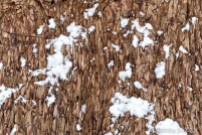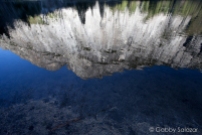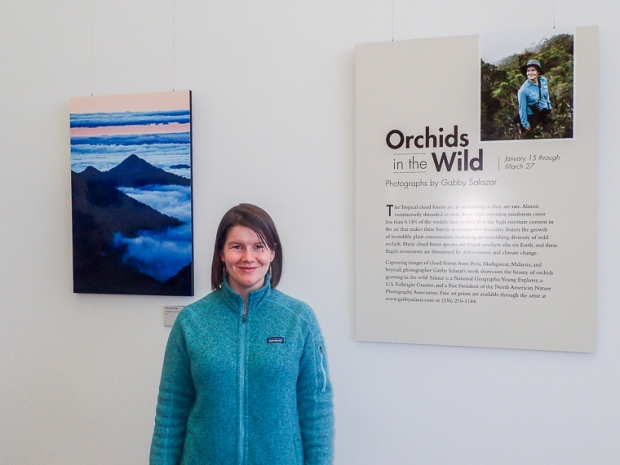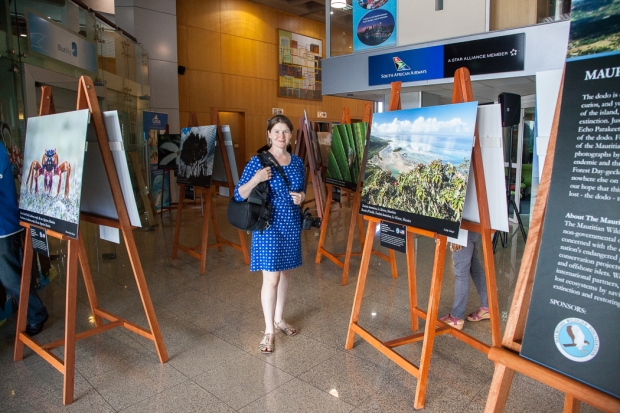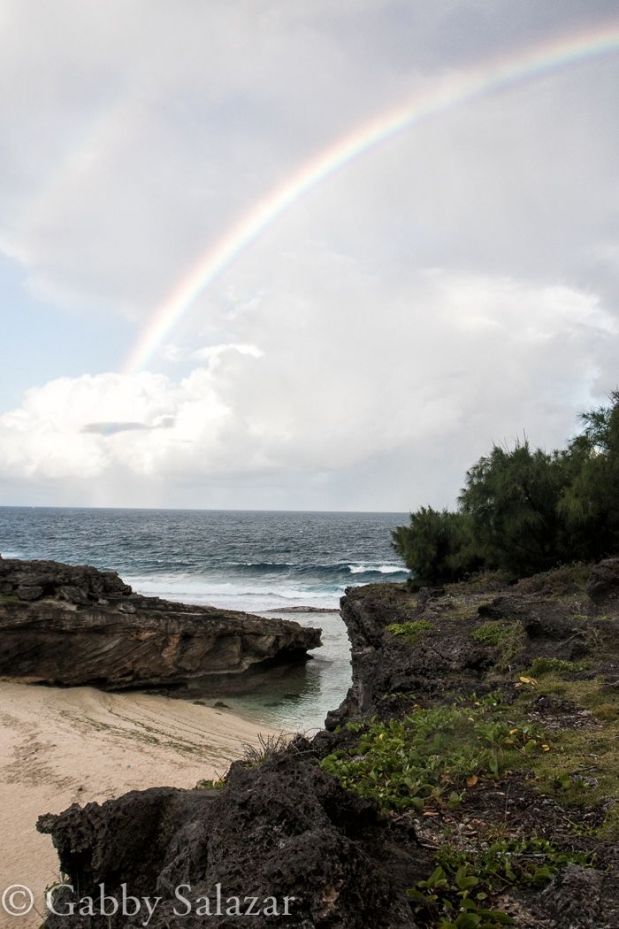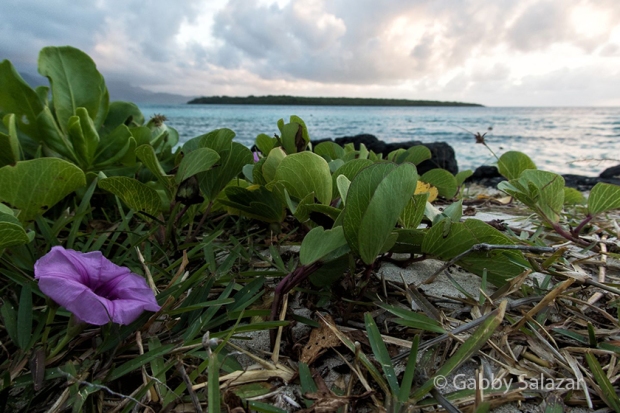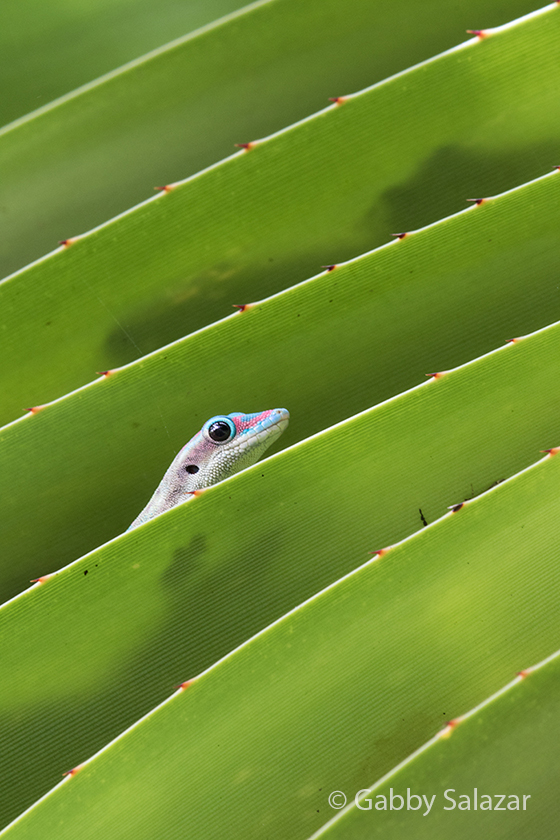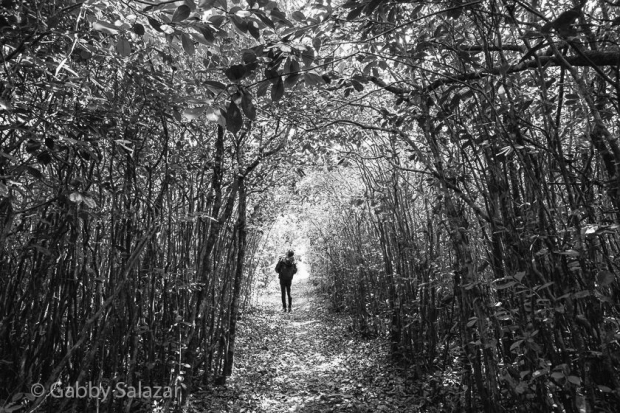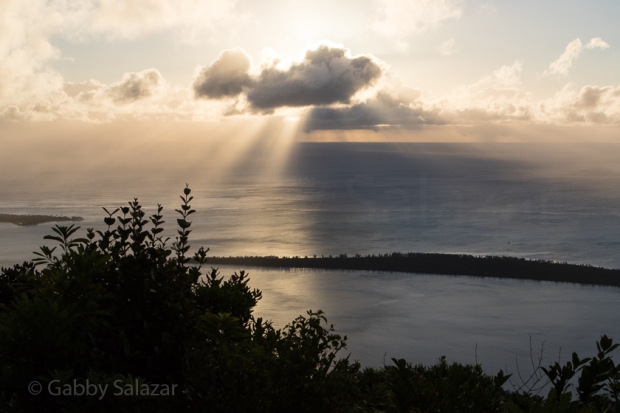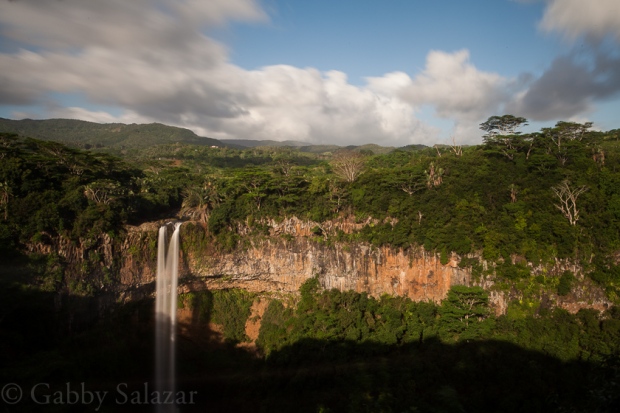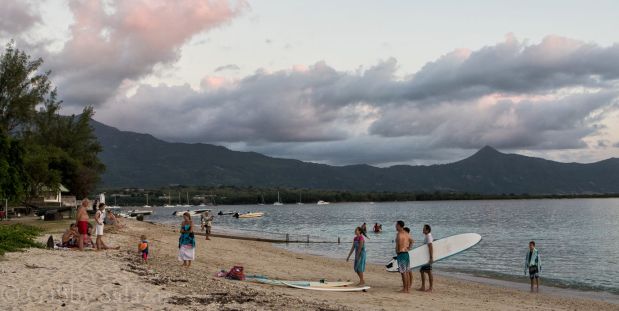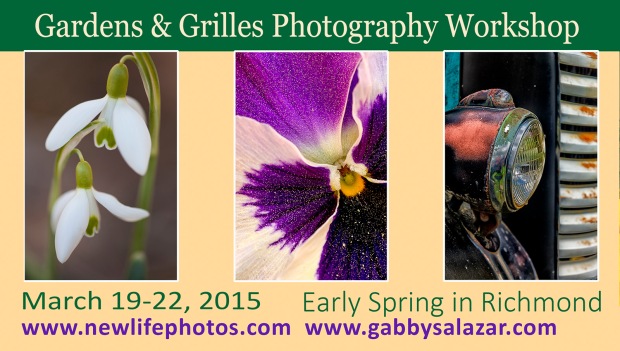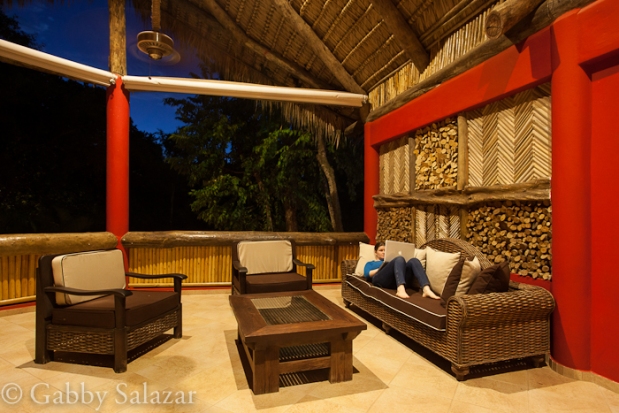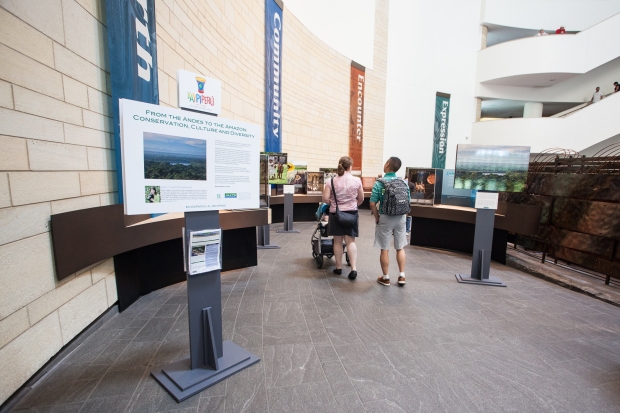
The rugged coastline of Round Island, a volcanic island made of basalt.
Visiting Round Island felt a bit like going back in time. I had waited for almost seven weeks for permission to travel to this small volcanic island to the north of Mauritius, and I was finally sitting on the rocky coastline, peeling off my wet socks. My camera bag was surprisingly dry after being subjected to over two hours of sea spray and essentially tossed on to the shore from the boat. I was less than dry, with salt caked around my lips and eyes, and my clothes drenched in seawater. I pulled out my camera to photograph the boat as it pulled away from the shore. With only five days to document this tiny slice of paradise, I did not have any time to waste.
Round Island is an uninhabited island to the north of Mauritius that was classified as a nature reserve back in 1957. Off limit to tourists, access to the island is restricted to researchers and government officials. It is jointly managed by the National Parks and Conservation Service and the Mauritian Wildlife Foundation, the country’s oldest environmental organization. The sea is so rough around the island, that getting on to the shore is a challenge in and of itself. There is no dock, so boats have to carefully approach the rocks, allowing passengers to leap onto the rocky coast. This feat is best attempted in dry socks, which provide some traction on the often-slimy basalt.

Food is delivered to Round Island by the Mauritian Natioanl Coast Guard every week or two throughout the year. The supplies are sent in tightly sealed barrels to protect contents from the rough seas.
As soon as I landed, I understood why human access is limited. Walking on the island is a treacherous affair, both because of the uneven and slippery ground and because wildlife is constantly underfoot. Seabirds, including the red-tailed tropicbird, the Round Island petrel, and the wedge-tailed shearwater, nest on the open rock. Lizards scurry underfoot, more curious than scared of the human giants exploring their turf. The island is internationally famous for its reptile community with seven species of reptiles that are endemic to Mauritius. Some of the creatures, including the Round Island boa and the Durrell’s night gecko, are only found on this tiny island, having been extirpated from mainland Mauritius.
We had to hike from the landing rock to the tiny field station with barrels of supplies strapped to our backs. The coast guard, which brought me to the island, also brings food to the researchers every two weeks. The food and our possessions are sealed in these barrels to protect them from the seawater and to protect the island from unwanted visitors. My clothes had been sealed in a barrel a few days before, after undergoing a strict quarantine. I had to check each inch of fabric for unwanted seeds, ants, and other creatures that might hitch a ride to the pristine wilderness of Round Island. The island’s ecosystem could be forever altered by just one pregnant rat or by a particularly invasive plant species. Having pulled over 100 hidden seeds from the seams and zippers of my “clean” clothing, I had a better understanding of the impact of globalization on sensitive places. Without even realizing it, we humans bring hitchhikers with us wherever we go.
The field station on Round Island is a tiny wooden building that is nestled at the base of the island’s summit. There are four bunks inside and a tiny kitchen. The small light bulbs are powered by a solar panel, which is intermittently reliable. I picked a top bunk and was told by one of the researchers that I had made a good choice – she had never heard of anyone finding scorpions or boas in that particular bed. In the kitchen, I found two of the island’s endangered reptiles exploring the counter. A Telfair’s skink was nibbling on cheese scraps left in a grater and a Gunther’s gecko was happily licking away at the spout on a bottle of honey. As I often feel more comfortable with animals than with humans, this made me feel right at home.

A Telfair’s skink hangs out in the kitchen of the tiny field station on Round Island, Mauritius
My exploration began at sunset, when Jean, the island’s warden, offered to hike with me to the Summit. At 21 years old, Jean is in charge or protecting the island and its wildlife. After a couple of years in the French Foreign Legion, he decided to return to Mauritius to fight a different kind of battle – one as a conservationist. Knowing that I only have a few days on the island, he has offered to serve as my guide and has already suggested a number of routes that would be good for photos. Our first stop is the island’s peak, where I can get a 360-degree view of the surrounding ocean and hopefully see a few of the island’s 500 giant Aldabra tortoises.

Jean, the warden of Round Island, Mauritius
While it only took about 30 minutes, the hike to the top was steep and slippery. Since most of the route is along a bare rock face, the hike can only be attempted when it is not raining. When wet, the rock is essentially a waterfall with a slope of about 35 degrees. Thankfully, there had not been any rain and the clouds forebode a nice sunset rather than a downpour.
From the top, I could see mainland Mauritius to my left and an endless expanse of ocean to my right. Giant tortoises were trudging around the exposed rock face and the occasional tropicbird swooped in front of the setting sun. The island was unlike any other place I had ever seen. At any moment, I expected a pterodactyl to rise in front of me or a dinosaur to lift its head above the towering rocks. The island, isolated from the impacts of humans, seemed to have escaped the ravages of time.

The Aldabra giant tortoise, from the islands of the Aldabra Atoll in the Seychelles, is one of the largest tortoises in the world. It was introduced to Mauritius in the late 19th century as part of an effort led by Charles Darwin to help save the tortoise. At that time, the two species of tortoise that were originally found in Mauritius were already extinct. It was introduced on Round Island as an ecological replacement. Now, over 500 tortoises roam free on the small island.
Sunset was purple and lavender and magenta. From above, the tumultuous ocean flattened into a sea of glass and reflected the light show in the sky. I watched in awe as a tortoise ambled in front of the setting sun and as another tucked under a rock to wait out the night. Standing in the breeze, I felt renewed as I was reminded why I do what I do – I want places like this one to continue to exist, and I hope, that in some small way, the images I create will contribute to their protection.
To see more images form Mauritius, visit my website here or follow me on Instagram @gabbyrsalazar.
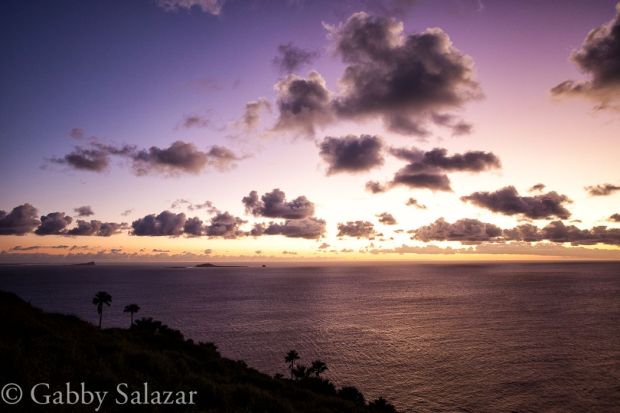
Sunset from the Summit of Round Island, Mauritius

A red-tailed tropicbird nests on the ground of Round Island, Mauritius

Me on Round Island, Mauritius

Sunrise on Round Island, Mauritius







